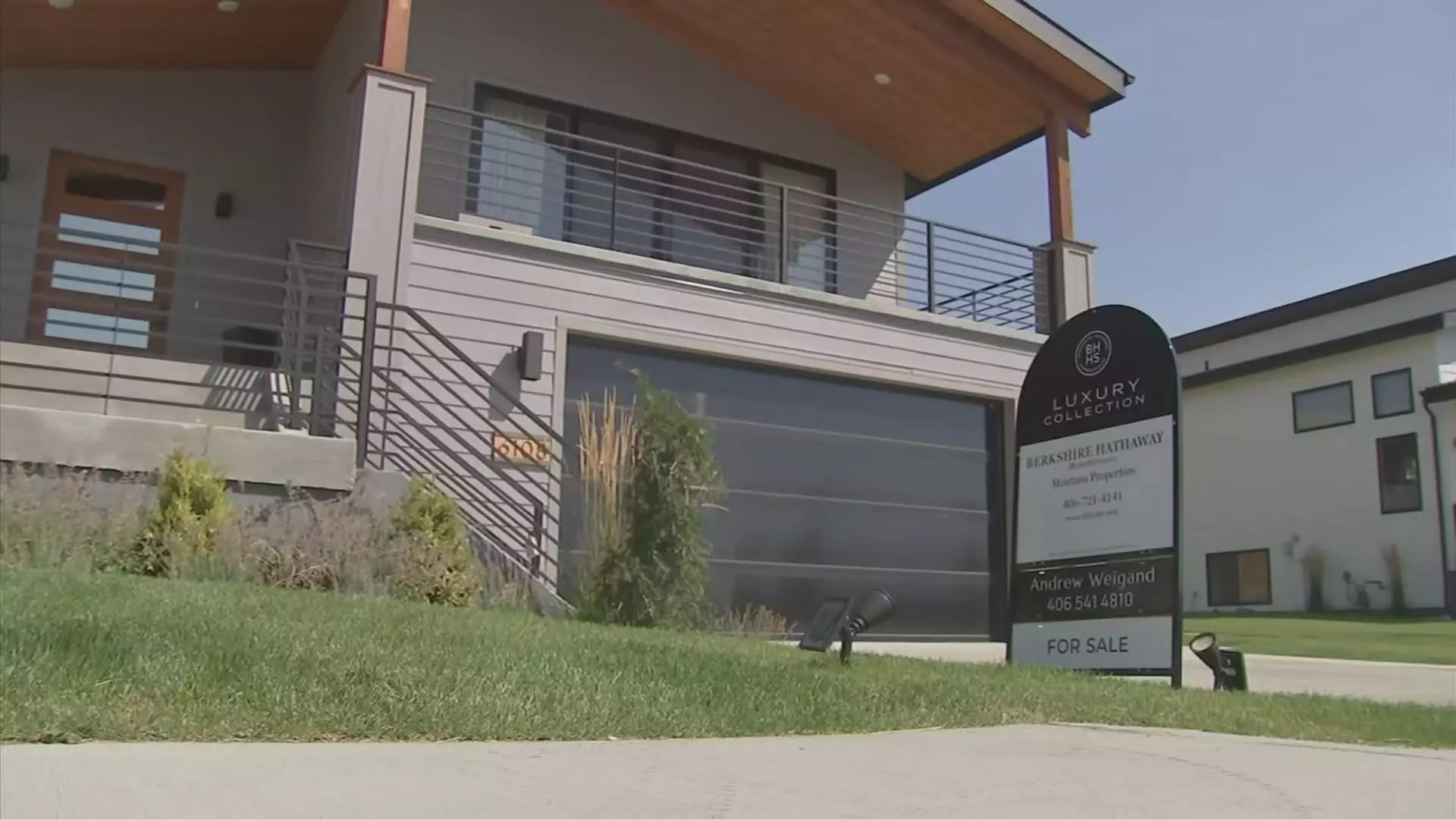As the spring of 2025 approaches, potential first-time homebuyers in the United States are facing unprecedented challenges. The notion of finding a starter home—typically defined as under 1,400 square feet—has become increasingly elusive. Experts reveal a worrying trend: the availability of these entry-level residences is diminishing rapidly. The data bears this out starkly: only 9% of new homes constructed in 2023 fell under the threshold of 1,400 square feet, a drastic drop from nearly 40% in 1982. As buyers gear up for the housing market, they are confronted not just with a lack of options but also with escalating prices and other systemic barriers.
At the heart of the starter home crisis are restrictive zoning laws. These regulations, set at the local level, govern what types of structures can be built in specific areas. Unfortunately, these laws often serve to increase the cost of construction, thereby restricting builders’ ability to create affordable housing. Industry experts suggest that the current landscape allows very little room for the construction of modestly priced homes. Sam Khater, chief economist at Freddie Mac, highlights that builders face insurmountable challenges, with many forced to concentrate solely on high-end developments due to the mounting costs involved in construction.
Moreover, data from the S&P CoreLogic Case-Shiller U.S. National Home Price Index presents an alarming picture of the housing market: home prices nationwide have surged by over 52% from January 2020 to October 2024. The combination of rising construction costs, lack of available land, and government regulations creates a perfect storm that complicates the situation for potential homebuyers—all while they grapple with stagnant wages.
The aftermath of the 2007-2008 global financial crisis continues to ripple through the housing market, fundamentally altering the homebuilding industry. Following this crisis, many builders consolidated, leading to reduced competition and fewer starter homes being constructed. Current statistics reveal that the annual rates of new construction are strikingly low compared to the early 2000s. Compounding this issue, many existing homeowners are reluctant to sell due to historically low mortgage rates. This low inventory exacerbates the competition for available homes, making it even more difficult for first-time buyers to enter the market.
The future of housing provision looks bleak, especially for the approximately 3 million potential first-time buyers in the U.S. Rising costs further alienate these individuals, who find themselves caught in a market characterized by escalating prices. The duality of having all-time low rates for first-time buyers alongside an all-time high for all-cash buyers leads to an imbalanced market that intensifies the struggle for affordable housing.
The demographics of first-time homebuyers are also evolving. As of 2024, the median age of a first-time buyer rose to an astonishing 38, a stark contrast to the average age of 29 in 1981. This shift indicates a trend where individuals are delaying their entry into homeownership, often due to heightened economic pressures. The financial burdens associated with property ownership have caused many prospective buyers to reconsider their paths altogether, which may lead to long-term socio-economic consequences.
Additionally, the current landscape forces many young professionals to compete with cash buyers who have the financial resources to outbid them. This situation creates a cycle where the American Dream of homeownership becomes increasingly unattainable for those who have not already secured their footing in the market.
In light of these challenges, it is evident that systemic reform is necessary to revitalize the market for starter homes. Adjusting restrictive zoning laws and increasing the availability of land for construction could serve as a starting point. State and local governments must prioritize affordable homebuilding initiatives to ensure that first-time buyers are not left behind in the housing crisis.
As we look forward to the 2025 buying season, the need for a more balanced housing strategy has never been more critical. The debate about affordability, accessibility, and supportive policies in the housing market must be at the forefront of national discourse if the American dream of homeownership is to remain alive for future generations.


Leave a Reply